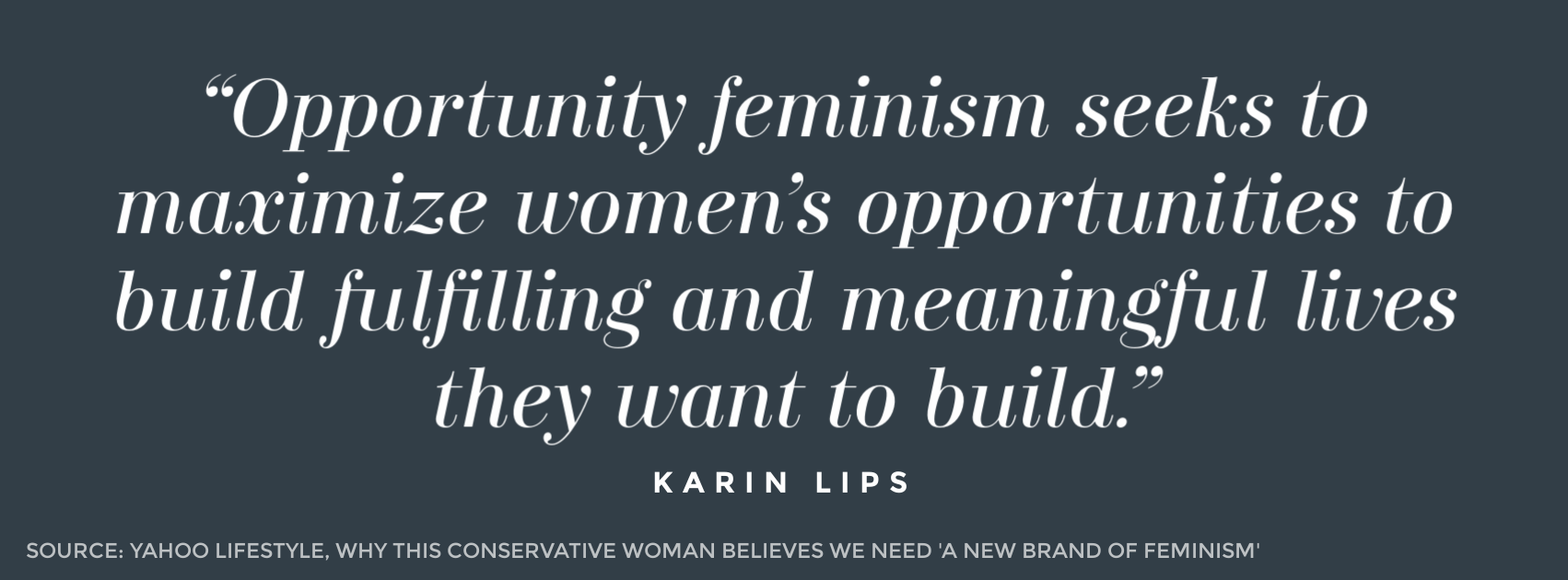Women won’t vote for only Democratic women candidates
This article originally appeared in Inside Sources.
A blue wave of Democratic women is coming in November, poised to win every office from city dog catcher to U.S. senator and lead the resistance to President Donald J. Trump. That’s what many headlines would have us believe.
If the dream scenario plays out for Democrats, history would mark January 21, 2017, as the day this particular blue wave began forming as thousands of women attended the Women’s March in Washington and cities across the country.
What began as a group of women upset at some of then-candidate Trump’s comments related to women quickly morphed into a partisan progressive political effort. The Women’s March consisted mostly of disgruntled Hillary Clinton supporters.
A SurveyMonkey national poll conducted after the Women’s March found that a large majority of marchers voted for Clinton — 79 percent said they voted for Clinton, 8 percent said they voted for Green Party nominee Jill Stein and 5 percent said they didn’t vote. At most, then, less than 10 percent voted for Trump. The Women’s March transformed into an organization, channeling energy into the Power to the Polls national voter registration campaign effort to elect progressive candidates in 2018.
While the Women’s March and Power to the Polls program has focused on promoting liberal and progressive women, we shouldn’t forget the Republican women this fall. A look at the number of women running for office from both parties shows that women increasingly entering politics crosses partisan lines.
Rutgers University Center for American Women and Politics data show that more Democratic women than Republican women are running in the offices they measure — U.S. Senate, U.S. House, governor, lieutenant governor, other statewide elective executives, state legislature, state senate and state house.
But women across the board — both Democratic and Republican — are setting records. Some 476 women filed to run for the House, smashing the previous record of 298 set in 2012, and 234 won their primary, again beating the record of 167 set in 2016. Democrats alone broke the record of women who filed to run, but together Democrats and Republicans increased the number of women who filed by 178. More women filed this election to run for Senate, governor and lieutenant governor than ever before.
Women are running across the political spectrum — from advocates of socialism to advocates of free-market policies. Alexandria Ocasio-Cortez won the Democratic primary in New York’s 14th Congressional District as a self-proclaimed Democratic-Socialist. Representative Kristi Noem is running to become South Dakota’s first female governor, touting her conservative leadership.
Women are motivated for a variety of reasons to run. Making sure women have equal opportunity to run and compete on the issues is what matters.
All women should celebrate this November that gender isn’t the main motivation behind how the youngest generation of women votes. During the last presidential election, there seemed to be a disconnect between Hillary Clinton’s version of feminism and women’s empowerment and what the youngest women voters wanted. Clinton’s version said women should vote for her because she was the first woman running as a major party candidate for president, regardless of her policies. This message was front and center — she even wore a suffragette white pantsuit for her acceptance speech at the Democratic National Convention.
But the enthusiasm just wasn’t there among the youngest women voters. CNN found in Democratic primaries across 27 states that Clinton won 61 percent to 37 percent among women overall, but Bernie Sanders bested Clinton by an average of 37 percentage points among women ages 18 to 29.
This is consistent with a Refinery29 and CBS News poll of women ages 18 to 35 that found women of all ages and politics said health care was the top issue and ranked gender of a candidate as a low priority for winning their vote. What is most important according to this poll is the candidate shares their culture and values.
As we recognize the victorious women candidates this November, it would be a shame if we lost sight of the success of women overall. Women, like men voters, are focused on issues, and not simply gender or one party. That’s something to honor.


